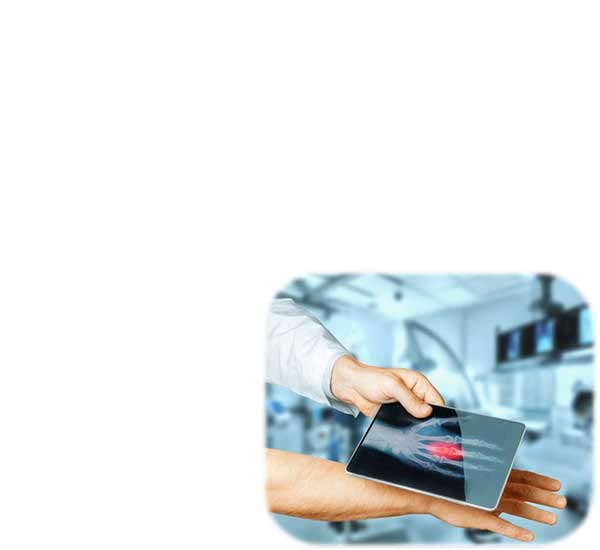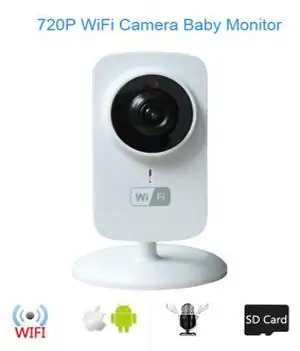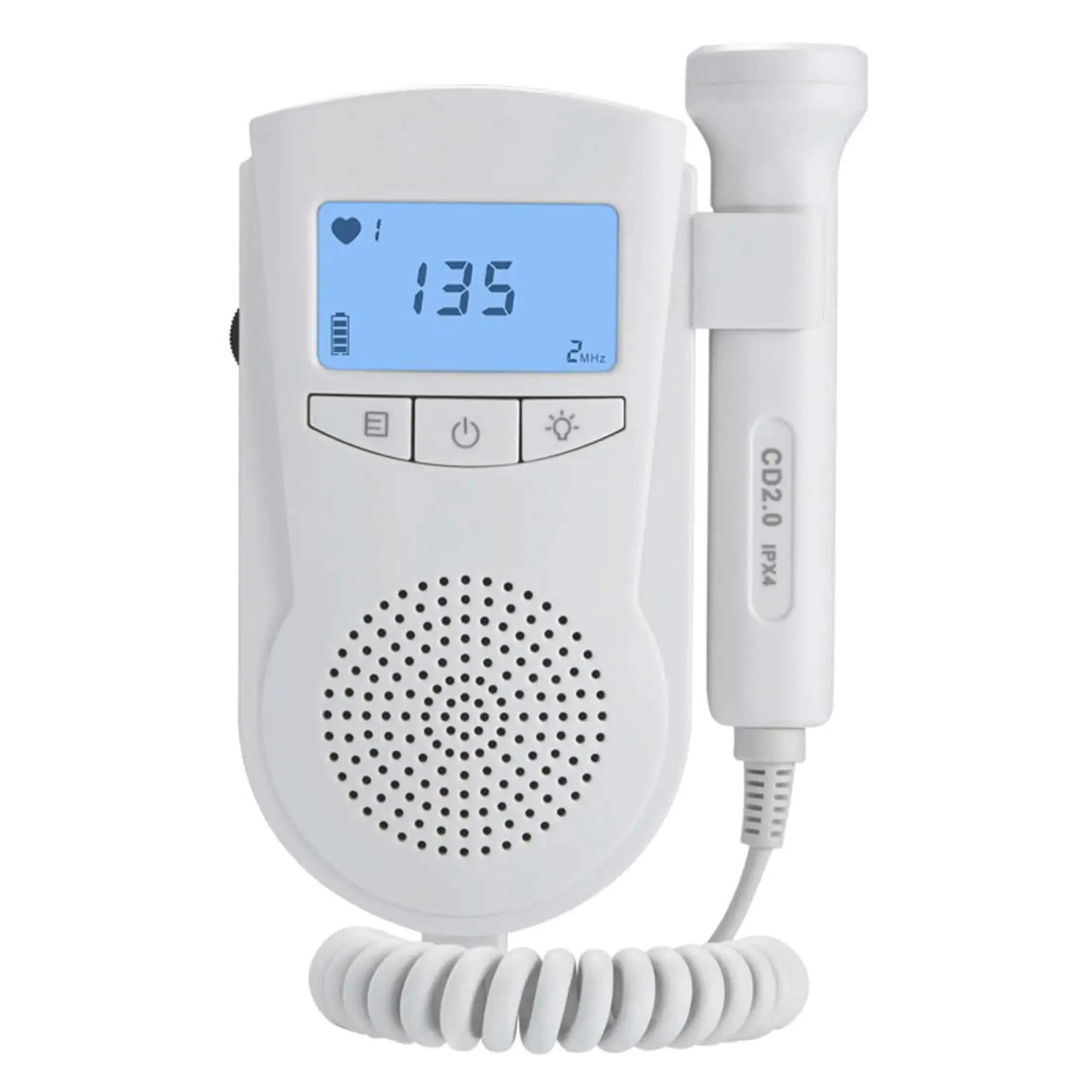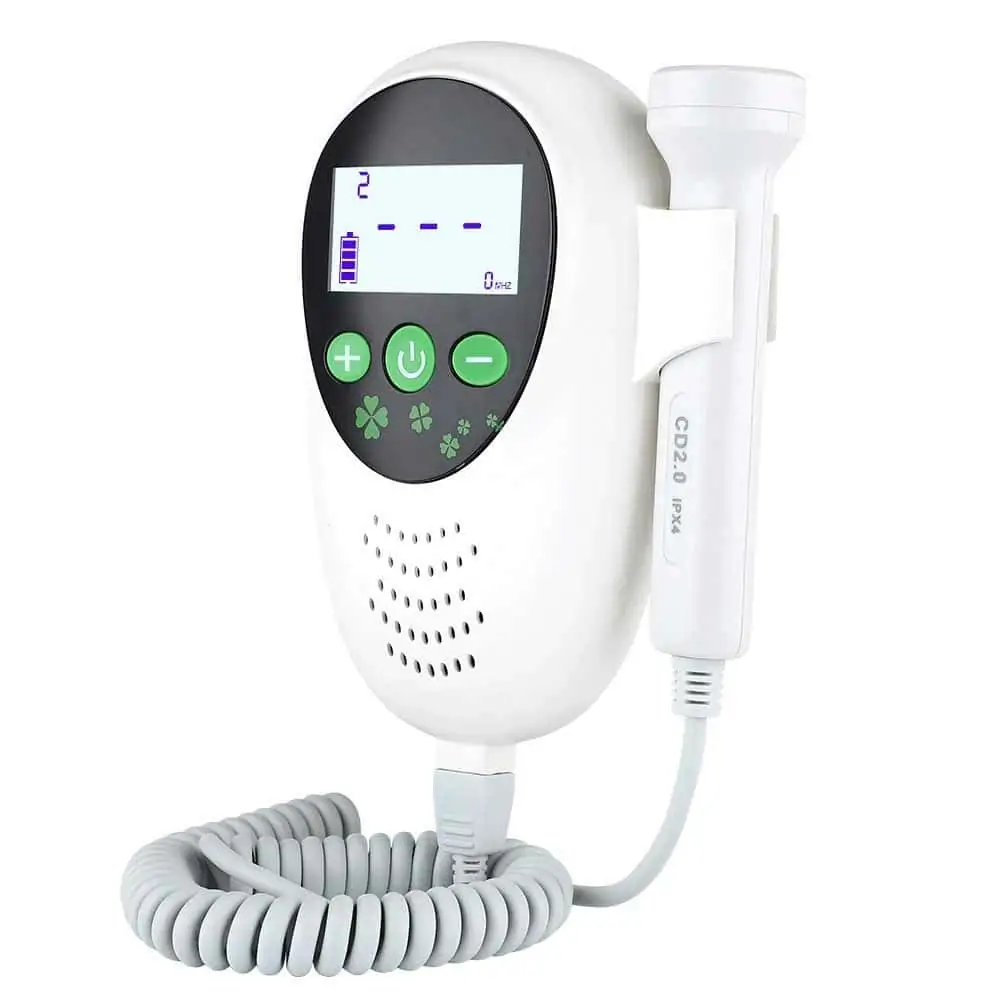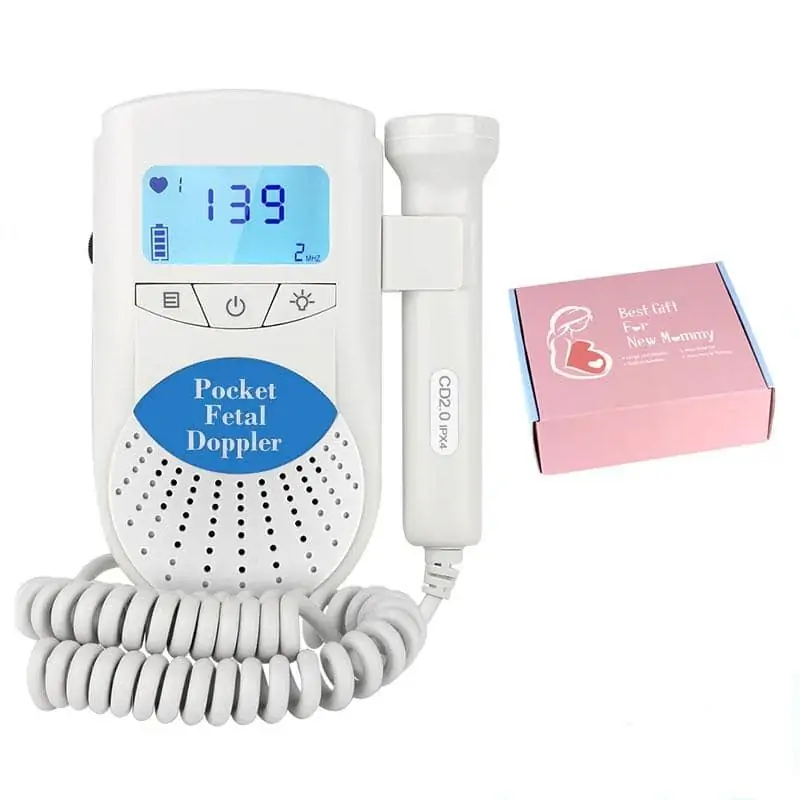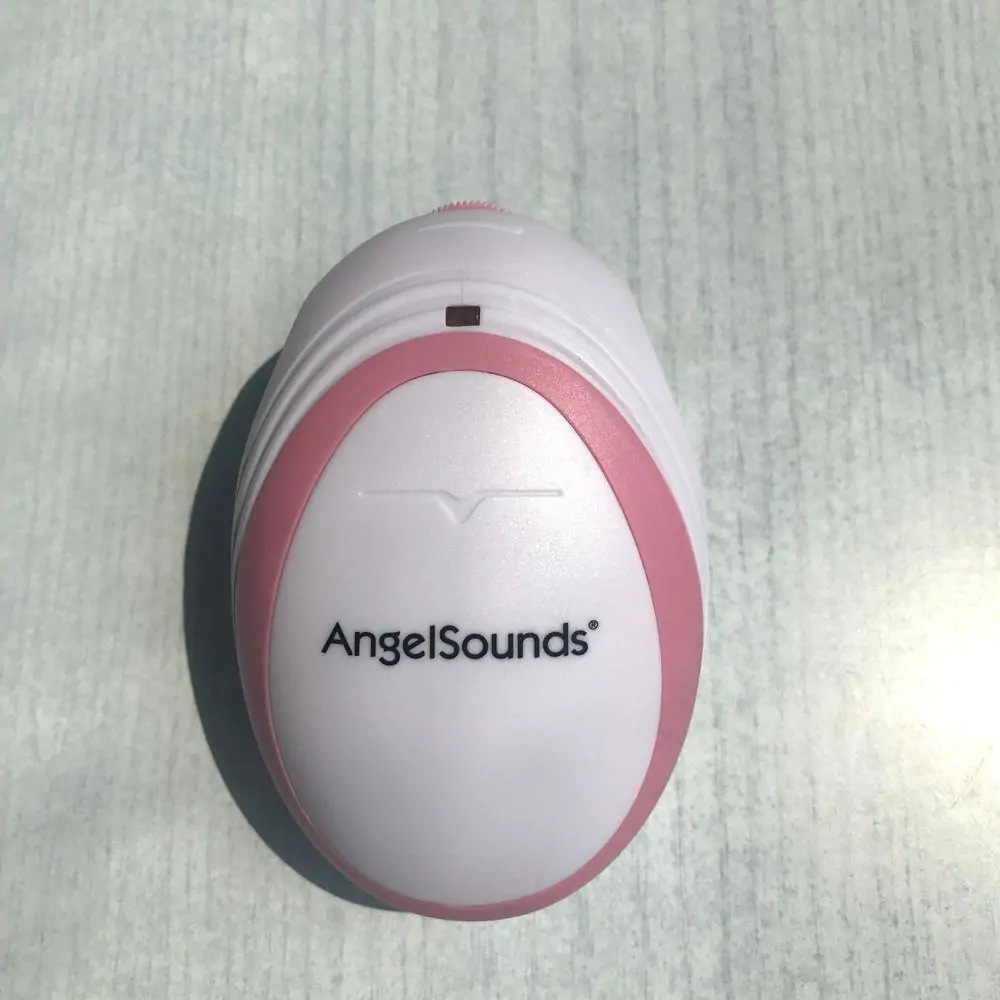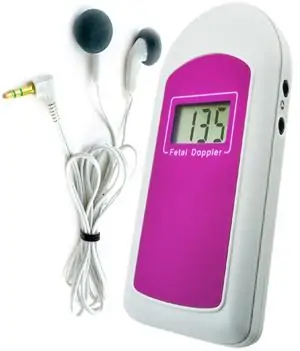Fetal Heart Doppler: Understanding its Importance and Use Leave a comment
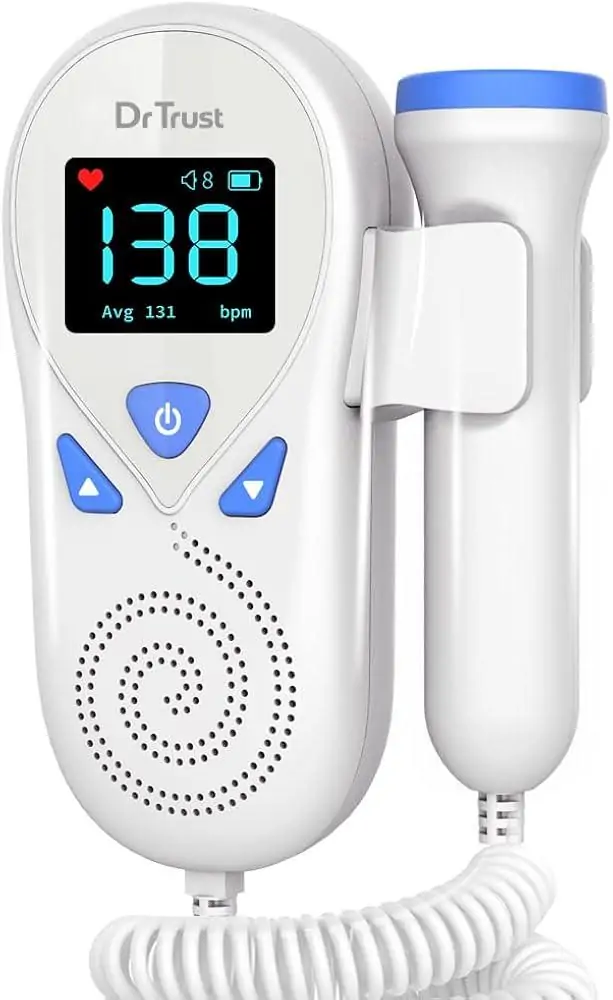
Fetal Heart Doppler
Introduction
The anticipation of a new life brings joy, excitement, and a myriad of questions. One of the most reassuring experiences for expectant parents is hearing their baby’s heartbeat. Fetal heart Dopplers offer an accessible way to monitor this vital sign, providing peace of mind during pregnancy. In this comprehensive guide, we will explore what fetal heart Dopplers are, how they work, their benefits, and practical tips for using them effectively.
What is a Fetal Heart Doppler?
A Fetal Heart doppler is a handheld ultrasound device that allows healthcare providers and expecting parents to hear the fetal heartbeat. This tool uses Doppler ultrasound technology to detect sound waves produced by the baby’s heart, allowing for the assessment of the heart’s rate and rhythm.
How Does a Fetal Heart Doppler Work?
The technology behind fetal heart Dopplers is relatively straightforward. Here’s a brief overview:
-
- Sound Waves: The doppler emits high-frequency sound waves that bounce off moving objects—in this case, the fetus’s heartbeat.
-
- Signal Processing: These bouncing waves are converted into audible sounds that can be heard through a speaker.
-
- Heartbeat Monitoring: With the Doppler, parents can hear the heartbeat clearly, typically around 10-12 weeks of pregnancy, but frequently enough more distinctly after 20 weeks.
Benefits of Using a fetal Heart Doppler
Using a fetal heart Doppler offers numerous advantages, both emotional and practical:
-
- Peace of Mind: Regularly hearing your baby’s heartbeat can alleviate anxiety and provide reassurance.
-
- Engagement in Pregnancy: It encourages involvement and bonding between parents and their unborn child.
-
- Monitoring Health: Tracking fetal heart rates can definitely help detect issues early and facilitate timely medical responses.
-
- Home Use: Many parents choose to use at-home Dopplers, making it easier to monitor heartbeats between doctor visits.
Practical Tips for Using a Fetal Heart Doppler
To maximize the effectiveness of your fetal heart Doppler, consider the following tips:
-
- Select the Right Time: The best times to use a Doppler are typically in the morning or after a quiet activity, when the baby is more settled.
-
- Positioning: Lying down and placing the Doppler on the lower abdomen can definitely help in locating the heartbeat more clearly.
-
- Use Gel: Acoustic gel can help improve sound quality and reduce static.
-
- Don’t Overuse: While it can be tempting to check frequently, limit use to avoid unnecessary worry if a heartbeat isn’t easily detected.
Common Concerns About Fetal Heart Dopplers
While fetal heart Dopplers can be incredibly beneficial, parents may have concerns about their use:
Frequently Asked Questions:
1. Are Fetal Heart Dopplers Safe?
Yes, fetal heart Dopplers are safe when used correctly. They emit non-ionizing radiation, making them less harmful than other imaging techniques.
2. Can I Hear my Baby’s Heartbeat Too Early?
While some might potentially be able to hear the heartbeat as early as 10 weeks, it is indeed more commonly detected after the 12-week mark.
3. What if I Can’t Find the Heartbeat?
If you are having difficulty finding the heartbeat, try to remain calm. It might very well be due to factors like the baby’s position or the mother’s body type. If persistent, consult your healthcare provider.
Case Studies: Real Experiences with Fetal Heart Dopplers
Maria’s Story
Maria used a fetal heart Doppler during her pregnancy and described it as a “lifesaver.” After experiencing anxiety related to a previous miscarriage, being able to hear her baby’s heartbeat at home helped her feel more connected and secure.
John and Emma’s Experience
John and Emma reported their experience using a Doppler at home. They shared that it allowed their entire family to join in on the pregnancy journey. They would invite family members over to share the moment of hearing their baby’s heartbeat.
First-Hand Experience: Listening to the Heartbeat
The most magical moments for many parents involve listening to their baby’s heartbeat. Whether at a doctor’s appointment or using a home Doppler, hearing that distinct “whoosh-whoosh” sound can spark joy and anticipation.
Comparison of Fetal Heart Dopplers on the Market
To help you decide on the right fetal heart Doppler, consider the following comparison table:
| Product | Features | price Range |
|---|---|---|
| Womb Music Fetal Doppler | Bluetooth capability, 3.0 MHz probe | $60 – $80 |
| Sonoline B Fetal Doppler | Digital display, built-in speaker | $40 – $70 |
| Hearing Baby Fetal Doppler | Rechargeable battery, audio recording feature | $70 – $100 |
Conclusion
Fetal heart dopplers are invaluable tools for expectant parents eager to connect with their unborn child. By enabling regular monitoring of the baby’s heart rate, they foster peace of mind and enhance the emotional experience of pregnancy. Whether at the doctor’s office or in the comfort of your home, these devices offer a critical link to your baby’s health.
If you choose to incorporate a fetal heart Doppler into your prenatal care routine, ensure to follow proper usage guidelines, consult healthcare professionals when necessary, and embrace this unique journey to parenthood.
Related Search keywords:
-
- fetal heart rate monitoring
-
- Early pregnancy Doppler use
-
- Fetal heartbeat Doppler safety
Incorporating a fetal heart Doppler into your pregnancy journey can provide numerous benefits, from alleviating worries to strengthening the bond with your unborn child. Always prioritize your health and communicate with your provider regarding any concerns or observations. Happy listening!



